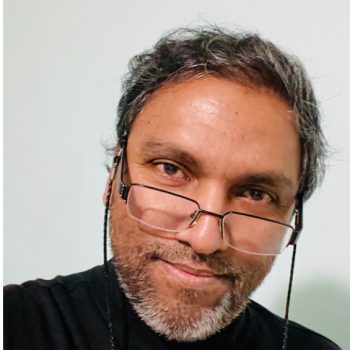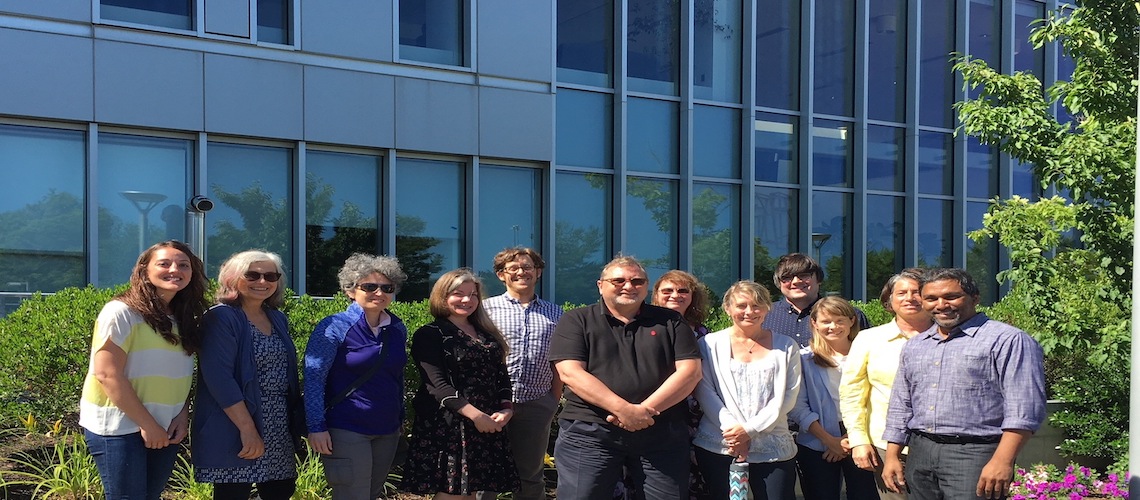Information Technology and Multimodality: Writing and Designing Across the Curriculum.
Welcome to the first Digital Humanities Summer Institute in the University of Maine System!
Goals:
From Institute Director John Muthyala:

Over the last two decades, digital technologies transformed almost all spheres of social and economic life, and radically impacted practices of reading and writing, in both academic and non-academic contexts. Today, more students access texts and readings through digital devices, and, more to the point, rely extensively on these devices to read, write, revise, and produce research. The focus on generating text-based research papers through writing and revision is yielding to the recognition that the digital is enabling the integration of multiple modes—textual, visual, aural, gestural, spatial—in composing knowledge and information.
In 2014 the Council of Writing Program Administrators issued Revising FYC Outcomes for a Multimodal, Digitally Composed World: The WPA Outcomes for First-Year Composition (v3.0), a position statement emphasizing Theoretical Knowledge, Critical Reading, Thinking, and Composing, Processes, and Knowledge and Convention. What stands out in this position statement is the emphasis on technologies in learning outcomes: “understand and use a variety of technologies to address a range of audiences,” and “adapt composing processes for a variety of technologies and modalities.”2
As early as 1996, the New London Group (New London, New Hampshire) comprising scholars from writing, media, education, psycholinguistics, and rhetoric, issued a manifesto titled “Pedagogy of Multiliteracies: Designing our Social Futures” that identified these five modes as directly contributing to a shifting socio-economic landscape marked by the rise of screen reading, hypertextuality, content transformation, and information literacy, and proposed multiliteracies as the appropriate theory to inform new pedagogical practices.3
Such a focus on multimodality and multiliteracies requires students and faculty to re-imagine themselves as writers and designers, as writers who deal with the intricacies of reading, critiquing, revising, and writing texts, and as designers who use technologies to integrate multiple modes of communication to compose and transform knowledge.
The Big Four Qs
In this context, four questions gain significance:
- What multimodality skills do students and faculty need?
- How do we develop and increase faculty and student capacity to generate multimodal research and scholarship?
- What technology and software do we need?
- How can we design and implement best practices for evaluating multimodal projects?
This Summer Institute is designed to bring faculty and staff together for one week days to address these questions, with the primary aim of realizing the goals mentioned earlier.
Information Technology + Arts/Humanities
There is another crucial dimension to the focus on multimodality and multiliteracies, namely, the dramatic speed, range, and impact of digital technologies in economic and commercial enterprise, business industries, and political and social cultures, leading to new notions of workplace readiness and career preparation. For the arts and the humanities, especially, these shifts are noteworthy not because traditional ideas of the disinterested exercise of creativity and reason are passé, but because the relevance and purpose of education have become urgent for students and parents today: student debt is skyrocketing; business operations are transforming; workplace expectations are changing; employment opportunities are dwindling; cognitive functions are altering; communicative practices are integrating; organizational systems are modifying .


